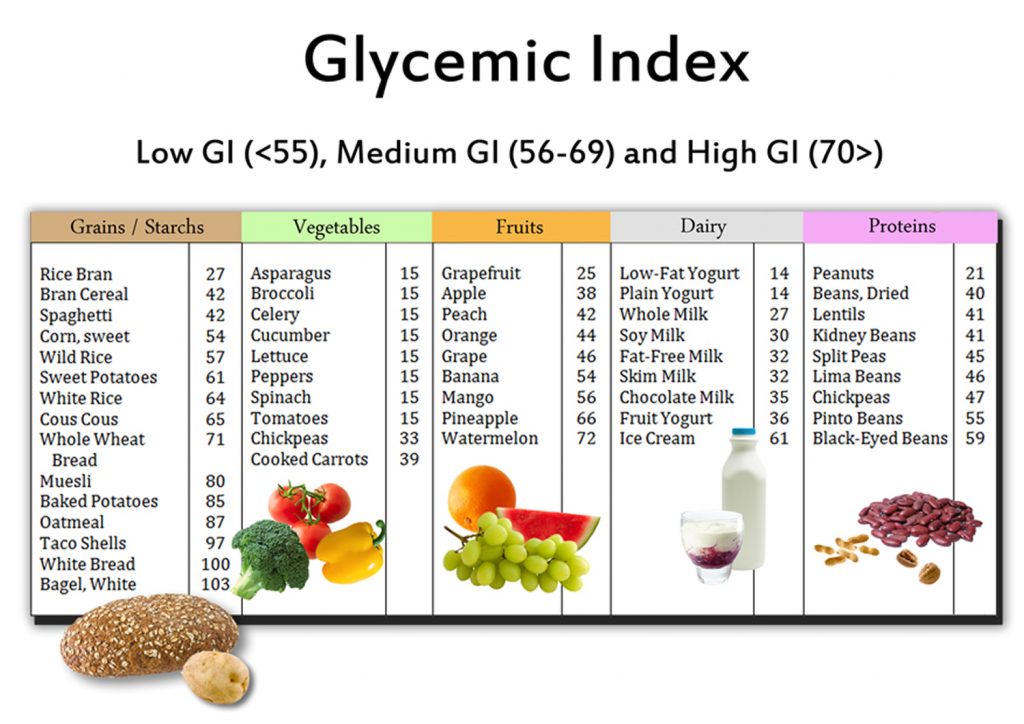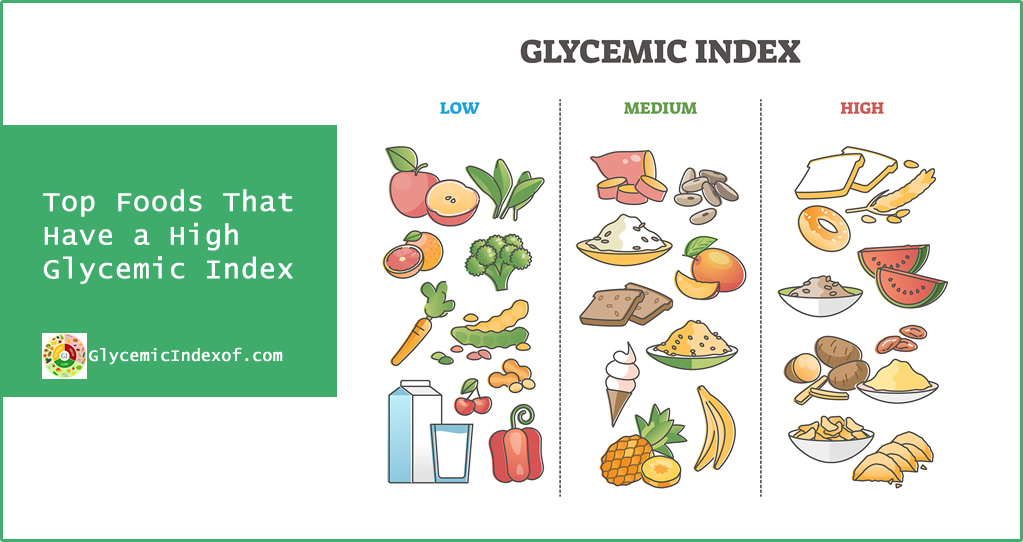How to Figure Glycemic Index
The Glycemic index is the number assigned to each food according to the presence of carbohydrates in them. All foods have a different GI values, while many don’t have any GI value. It is because most foods don’t have carbohydrates present in them. Foods with carbohydrates can affect our blood sugar levels by either slowing its increase or spiking it suddenly. Read more about How to Figure Glycemic Index.
Either way, it is essential to understand how much food affects our blood sugar levels. This knowledge can better help maintain a healthy and balanced diet. The GI value of foods offers us this knowledge.
Why Is GI Value Important?
Studies show that our body performs best when our blood sugar level is constant. In cases when our blood sugar level gets too low or too high, we face different consequences. For instance, a very low blood sugar level may make us lazy or hungry. Alternatively, having blood sugar levels too high can make our brain signal our pancreas, causing it to secrete more insulin.
This insulin lowers our blood sugar level again by converting the excess sugar into fat (stored). This is a normal condition as long as you aren’t facing excessive fat issues/or you’re not on dieting.
Yet, if we talk about diabetes patients, they face different circumstances when their blood sugar level is high. This disease can make diabetes patients either unable to secrete or process insulin in their body. As a result, the diabetic patient’s blood sugar rises higher. This extremely high blood sugar can cause additional health issues for diabetic patients.
According to scientific research, the only way to avoid this situation is to consume foods with a low-GI value. Additionally, it is also known that years of low-GI diet can limit the risks of facing type 2 diabetes, heart diseases, or any age-related macular degeneration issue.
Figuring the glycemic index of foods becomes essential to avail of such health benefits.
Figuring the Glycemic Index:
Consuming a balanced GI diet can be very beneficial. The benefits of this diet are unconditional, and we’ve discussed plenty up until now. Yet, it is not always easy to remember the GI-values of the food you consume or the meal combinations you create. Even when you’re consuming packaged food, there isn’t much accurate GI value available for each of such packaged foods. Since such foods are often a combination of different foods, they may have a different glycemic index. It isn’t easy to calculate the exact GI value of your food. Only with the right way to calculate the GI value, you can accurately figure the GI value of your foods.
- To do this, you can follow a simple formula:
- Finding the total carbohydrate number in the packaged food.
- Now find the fiber and sugar alcohol grams present in that food. Once you find these gram values, you should subtract them from the carbohydrate number.
You will now have a result figure. This figure will be the grams of digestible carbohydrates present in the food you consume. This value will show you how much effect the meal will have on your blood sugar levels. The higher this value is, the more it will affect your blood sugar.
Note: Following a GI diet may not always be healthy for all individuals. Yet, such a diet can be very beneficial for some people. So it is essential to understand your optimal health and consult your Nutrition Consultant is a balanced GI diet is suitable for you.
Bottom Line:
Before you consume any diet/meal, understanding its GI value can help balance your blood sugar levels. For not only keeping the diabetic patient’s health balanced, but a balanced GI-meal can also prevent future disease risks for you. Concluded How to Figure Glycemic Index.


